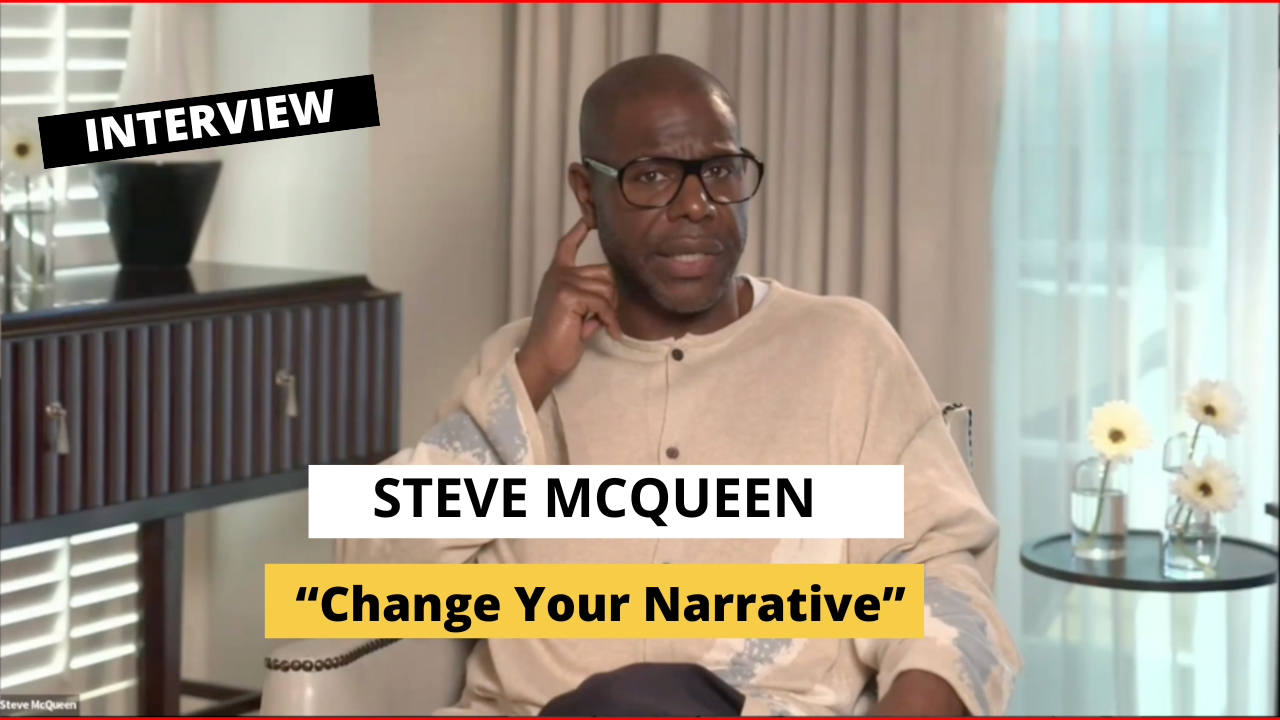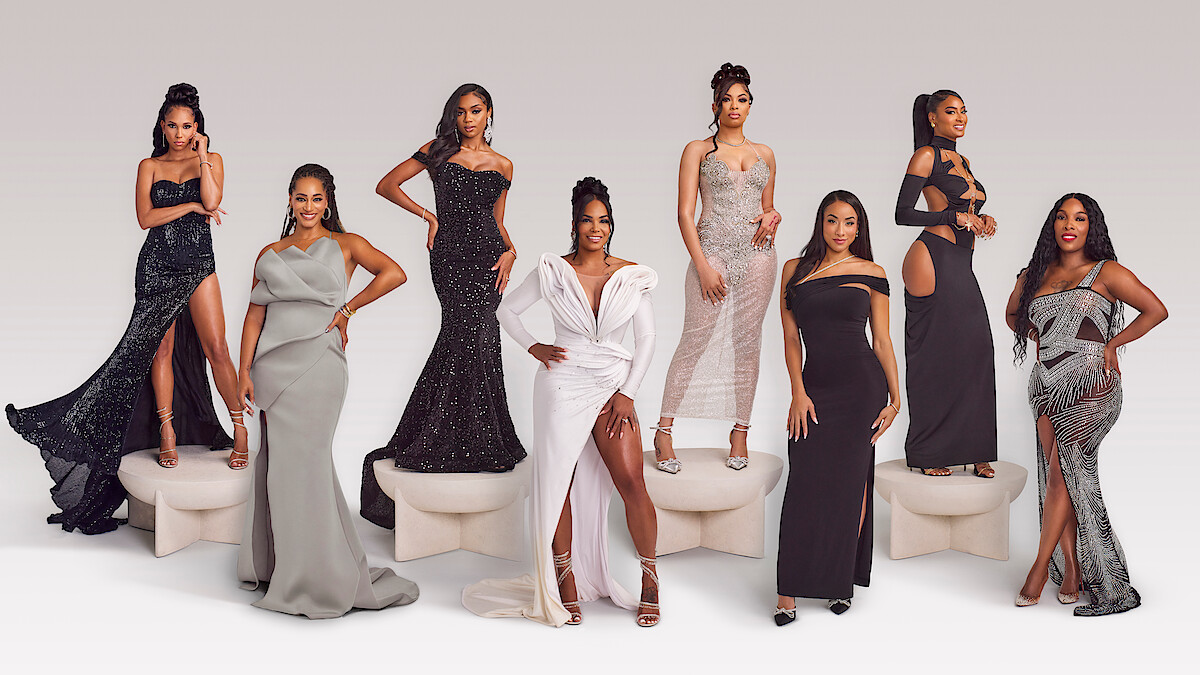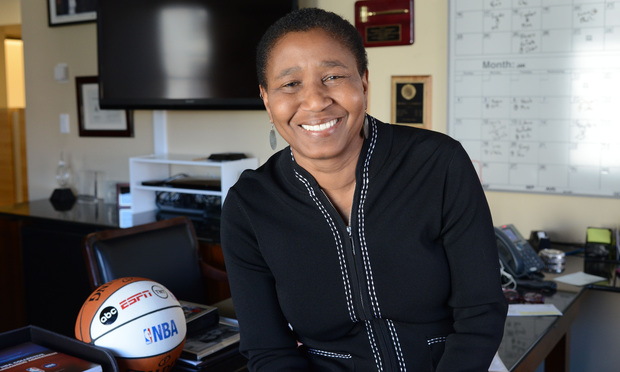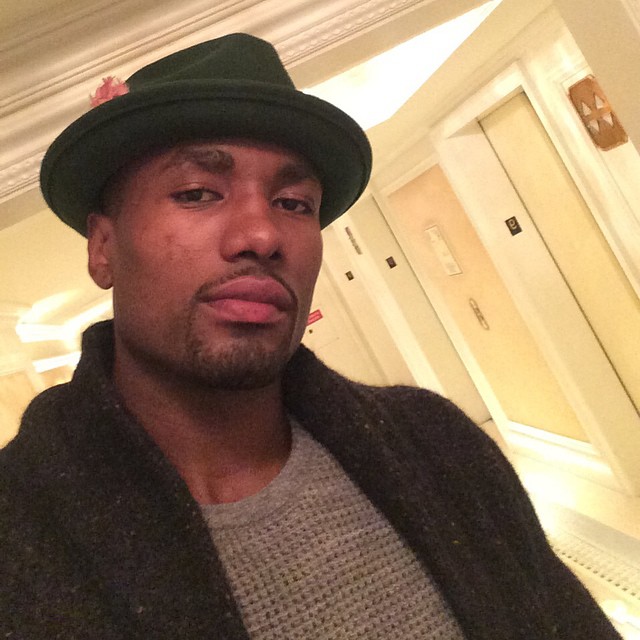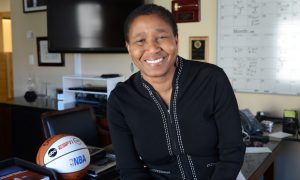
The media and athletes have a complicated relationship. Both “need” each other to do their job – don’t start, a professional athlete’s job is more than what he does on the field or court. They are also required to market the game But I will admit that the locker room can be an awkward place to facilitate that relationship.
NBPA Executive Director Michele Roberts has noticed this, and recently spoke out about what she feels is a problem with media access to players.
“I’ve asked about a couple of these guys, ‘Does he ask you a question?’ ‘Nah, he just stands there.’ And when I go in there to talk to the guys, I see them trying to listen to my conversation, and I don’t think that’s the point of media availability. If nothing else, I would like to have a rule imposed, ‘If you have a question, ask it; if you don’t, leave.’ Sometimes, they’re waiting for the marquee players. I get that, but there is so much standing around.”
The Professional basketball Writers Association has responded to Roberts claims.
